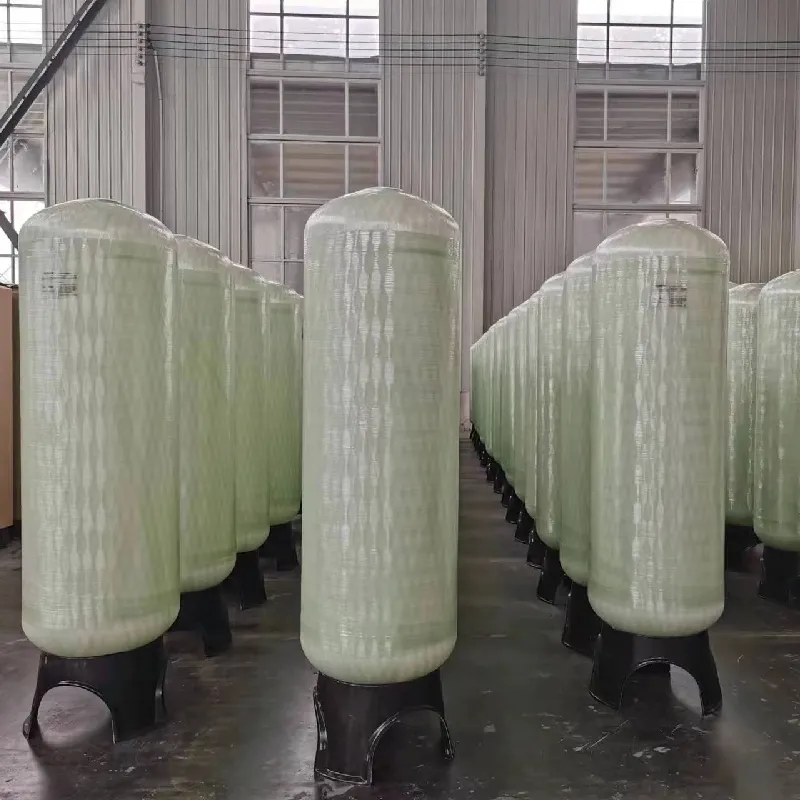loading...
- No. 9, Xingyuan South Street, Dongwaihuan Road, Zaoqiang County, Hengshui, Hebei, China
- admin@zjcomposites.com
- +86 15097380338
- Welcome to visit our website!
Innovative Applications of GFRP Grating in Modern Construction and Design Solutions
The Advantages and Applications of GFRP Grating
Glass Fiber Reinforced Polymer (GFRP) grating is an advanced composite material that has gained significant traction in various industries due to its unique properties and advantages over traditional materials. Composed of a polymer matrix reinforced with glass fibers, GFRP offers a lightweight, corrosion-resistant alternative to metal and wood, making it suitable for diverse applications ranging from industrial to architectural.
Properties of GFRP Grating
One of the standout features of GFRP grating is its remarkable strength-to-weight ratio. It is considerably lighter than steel yet can withstand similar loads, making it easier to install and handle. This is particularly advantageous in environments where weight is a critical factor, such as in bridges, towers, and elevated walkways.
Corrosion resistance is another significant benefit of GFRP grating. Unlike metal, GFRP is not susceptible to rusting or degradation when exposed to harsh chemicals, moisture, and salts. This inherent resistance extends the lifespan of GFRP installations, making it an ideal choice for environments such as wastewater treatment plants, chemical processing facilities, and coastal applications.
Furthermore, GFRP grating is non-conductive and has a low thermal conductivity, making it safer in electrical applications. It does not spark or conduct electricity, which is crucial for installations in hazardous environments where flammable materials may be present.
Applications of GFRP Grating
gfrp grating

Given its advantageous properties, GFRP grating finds applications across various sectors. In industrial settings, it is commonly used for platforms, walkways, and stair treads. Its ability to provide slip resistance is enhanced by the surface texture, ensuring safety for workers navigating these areas, especially in wet or oily conditions.
In the construction industry, GFRP grating is increasingly used for architectural features like facades, sunshades, and decorative elements. Engineers and architects appreciate its aesthetic flexibility and the ability to mold it into various shapes and colors, allowing for creative and innovative designs without compromising structural integrity.
The marine industry also benefits from GFRP grating, where it is employed in dockside applications, bridges, and boat decks. Its lightweight nature and resistance to seawater corrosion make it a preferred choice in such demanding environments. By reducing maintenance costs, GFRP contributes to long-term savings for operators in this sector.
Environmental Considerations
The sustainability aspect of GFRP grating cannot be overlooked. As industries face increasing pressure to reduce their carbon footprints, GFRP provides an environmentally friendly alternative. Its extended lifespan results in less frequent replacements, which translates into reduced material consumption and waste. Additionally, GFRP grating is recyclable, promoting a circular economy within the construction and industrial sectors.
Conclusion
In summary, GFRP grating is a versatile and advantageous material that is reshaping how industries approach construction and design. With its unique blend of lightweight strength, corrosion resistance, safety features, and aesthetic flexibility, it opens new avenues for innovative applications. As technology continues to advance and the demand for sustainable materials increases, GFRP grating is poised to play an even more substantial role across numerous sectors. Its ability to meet the challenges of today while minimizing environmental impact makes it a valuable asset for future endeavors in construction, industry, and beyond.
-
The Rise of FRP Profiles: Strong, Lightweight, and Built to LastNewsJul.14,2025
-
SMC Panel Tanks: A Modern Water Storage Solution for All EnvironmentsNewsJul.14,2025
-
GRP Grating: A Modern Solution for Safe and Durable Access SystemsNewsJul.14,2025
-
Galvanized Steel Water Tanks: Durable, Reliable, and Ready for UseNewsJul.14,2025
-
FRP Mini Mesh Grating: The Safer, Smarter Flooring SolutionNewsJul.14,2025
-
Exploring FRP Vessels: Durable Solutions for Modern Fluid HandlingNewsJul.14,2025
-
GRP Structures: The Future of Lightweight, High-Performance EngineeringNewsJun.20,2025
